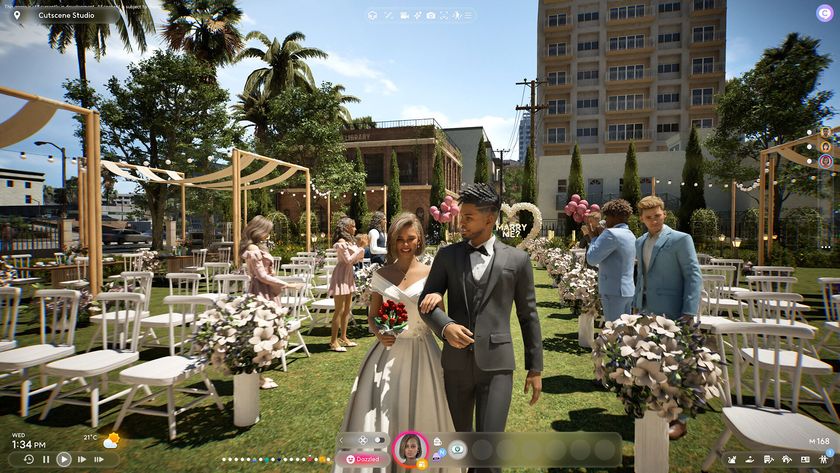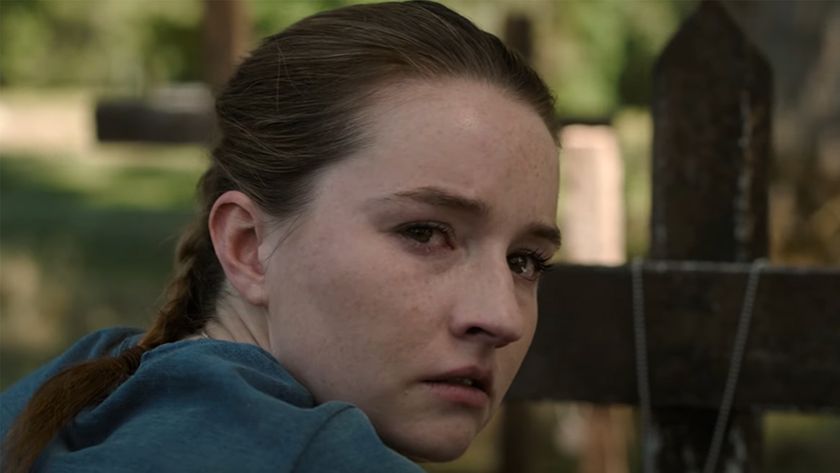The Devil in Me has its flaws, but its greatest achievement is worth preserving
Hate or love the format, The Dark Pictures Anthology closes its first season by sticking to its guns

The Devil in Me is brilliant. It's frustrating. Slightly irritating. Grating. Shocking. Boring. Exciting. Amazing. And terrifying. It has more ups and downs than the 1893 Chicago World's Fair ferris wheel, and packs more jump scares than a mid-2000s horror flick. It is the fourth and final installment of Supermassive Games' The Dark Pictures Anthology season one, and, for my money, it's the best and most accomplished of the lot so far. It's far from perfect, but The Devil in Me achieves what it sets out to do – tell a story-driven, non-linear interactive drama, where no one's life is guaranteed, and players are burdened with the illusion of choice at every turn.
Story and visuals and pacing and character dynamics are all things reviewers have rightly scrutinized while offering their thoughts on The Devil in Me. But one thing it cannot be marked down on is creative risk-taking – and this, especially in today's fiercely competitive climate, is something that should be cherished and protected at all costs.
True horror
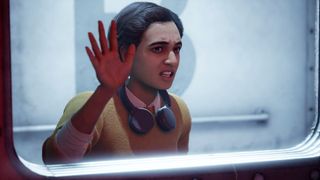

Jump scares, don't care: why I long for more exploration-based horror in 2022
This might sound like I'm being overly romantic about a game that's seemingly divided opinion across the board, but I think it's valid. Against the runaway success of games like Elden Ring, the stature of God of War Ragnarok, the rolling achievements of Fortnite and PUBG Battlegrounds, and the pretty much guaranteed playerbases of everything from Modern Warfare 2, to Warzone 2, and Pokemon Scarlet and Violet, I think it's safe to say standing out from the crowd these days can't be easy.
The Devil in Me introduces a handful of new movement mechanics that are missing from its forerunners (playable characters can now run, jump, squeeze through tight spaces, and vault over obstacles for example), but for the most part it sticks to its guns. This is a narrative game in the mold of the developers' previous outings – the likes of Until Dawn, The Quarry, and, of course, the previous Dark Pictures entries – that marks an evolution of the themes and core concepts of its lineage. In doing so, The Devil in Me feels suitably uncompromising, never trying to be something it's not, while simultaneously striving to improve and evolve on the style Supermassive is now so renowned for.
All of which takes guts, especially in a genre so well-served at the moment. In this year alone, the survival horror space has been blessed with Ghostwire Tokyo, Martha is Dead, Dying Light 2, and the reworked The Last of Us Part 1 among many others; with The Callisto Protocol set for release in early December. In structure and execution terms, something as niche as The Devil in Me could have pivoted to suit a wider, more action game-inclined, or more classic horror-leaning audience, but it didn't. And I think it deserves credit for that.
Stand alone
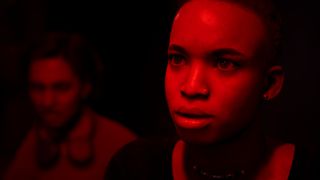
"Being able to stir intrigue in narrative lulls is infinitely more difficult than doing so in climax, and Supermassive's ability to do just that is something that often flies under the radar."
When I previewed the climax of the series' first chapter earlier this year, I said The Devil in Me could be the best of The Dark Pictures Anthology yet. Having now played the game in its entirety, I stand by that claim, and reckon Supermassive is improving its storytelling prowess with each passing entry. The characters here are more credible, and thus more endearing, likable and unlikable, annoying and everything else real human beings can be in films and books and video games, and your decisions here appear to carry more weight than ever before. They probably don't – the story will ultimately unfold in similar ways, despite who lives or dies – but that's again credit to the game for making it seem so.
I've said this before, but when The Dark Pictures Anthology gets it right, its ability to make the mundane seem interesting is unmatched. Being able to stir intrigue in narrative lulls is infinitely more difficult than doing so in climax, and Supermassive's ability to do just that is something that often flies under the radar. Regardless of how The Devil in Me might rank in the pantheon of modern horror games, its unbridled desire to play with creative conventions is its biggest quality – much similar to Pentiment, Immortality and Scorn this year; and the likes of Return of the Obra Dinn, What Remains of Edith Finch, and Kentucky Route Zero in years gone by. There's a place for video games of all shapes and sizes whatever your taste, but as the biggest series appear to get bigger, and as live-service games continue to grow and dominate, risk-taking nowadays seems more precarious, yet equally more important now than ever before.
Sign up to the 12DOVE Newsletter
Weekly digests, tales from the communities you love, and more
To this end, staying true to itself is not only a massive achievement for The Devil in Me and Supermassive itself, but it bodes well for whatever the future holds for The Dark Pictures Anthology moving forward.
Boooo! Check out the best horror games scaring us in 2022

Joe Donnelly is a sports editor from Glasgow and former features editor at 12DOVE. A mental health advocate, Joe has written about video games and mental health for The Guardian, New Statesman, VICE, PC Gamer and many more, and believes the interactive nature of video games makes them uniquely placed to educate and inform. His book Checkpoint considers the complex intersections of video games and mental health, and was shortlisted for Scotland's National Book of the Year for non-fiction in 2021. As familiar with the streets of Los Santos as he is the west of Scotland, Joe can often be found living his best and worst lives in GTA Online and its PC role-playing scene.
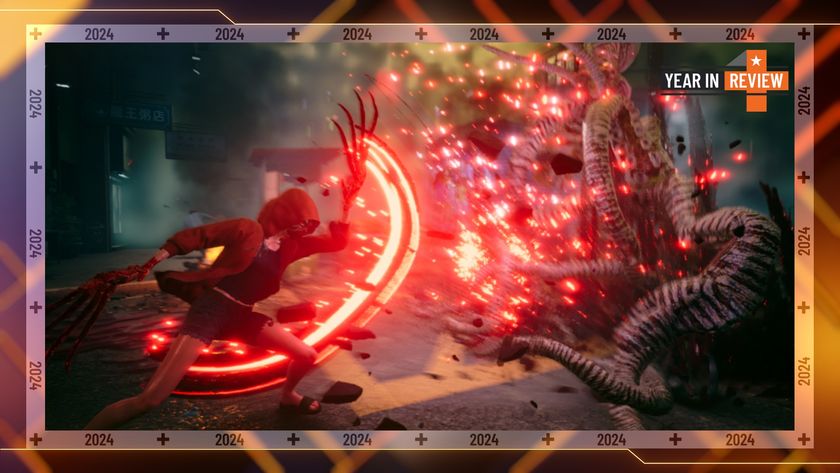
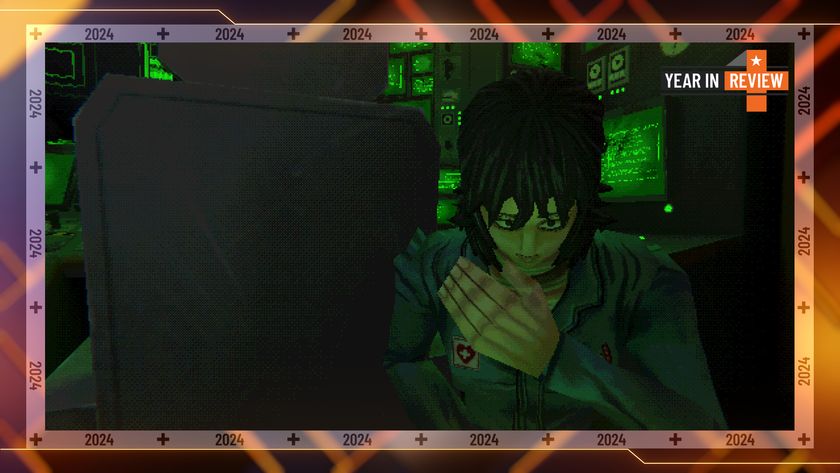
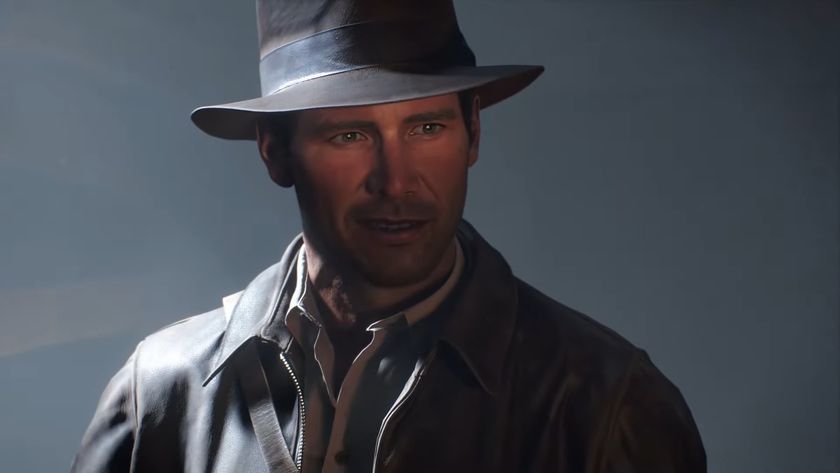
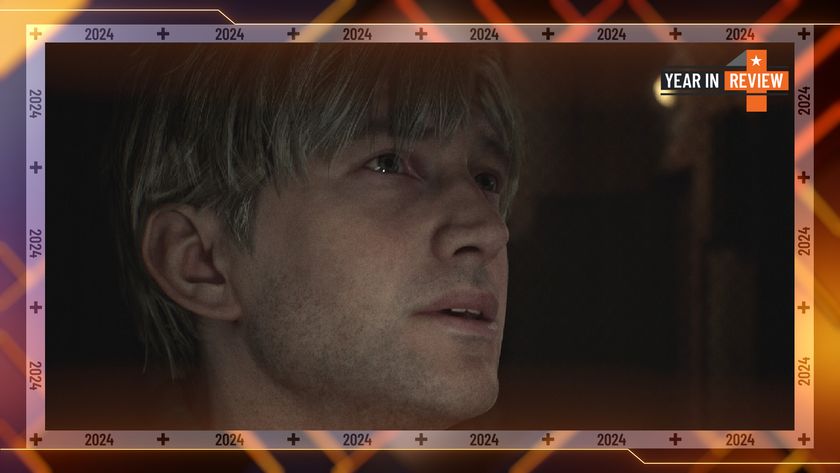
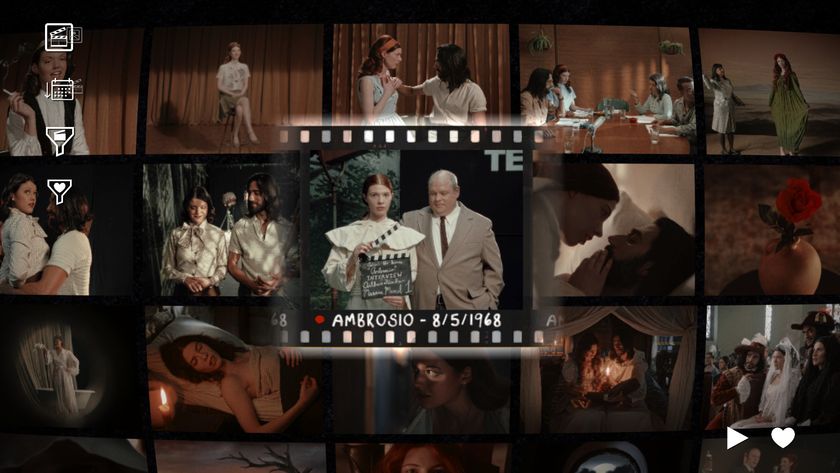

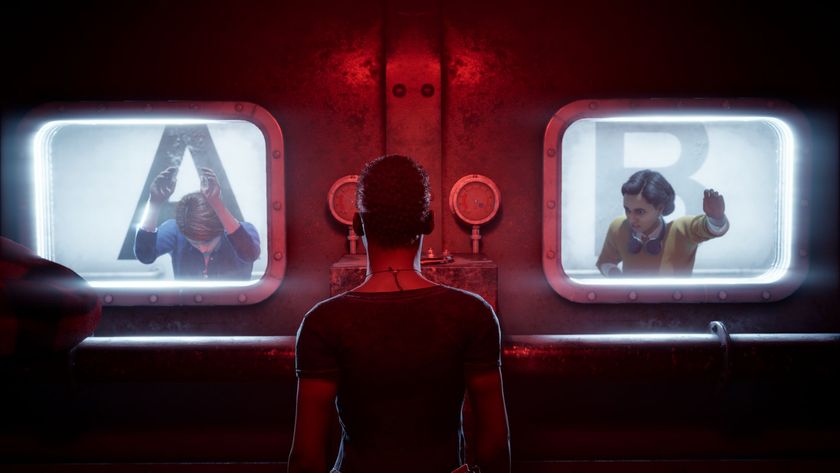
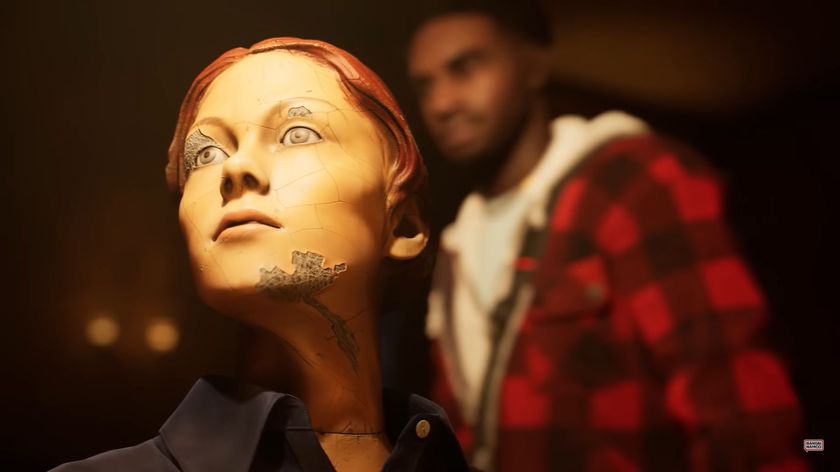
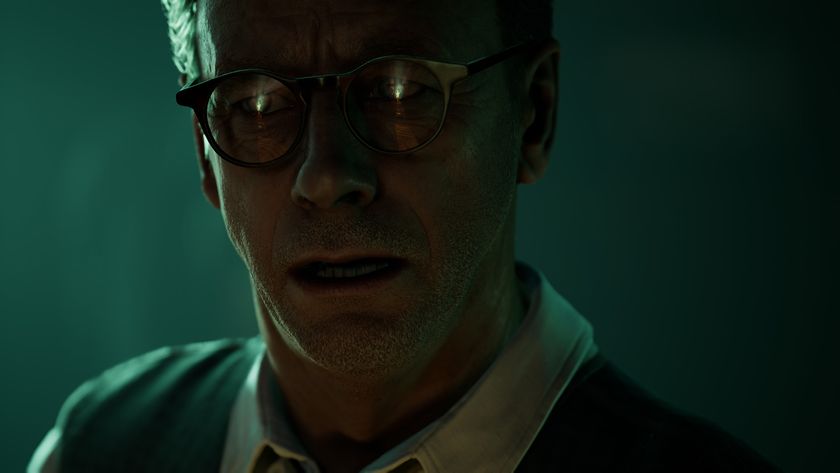



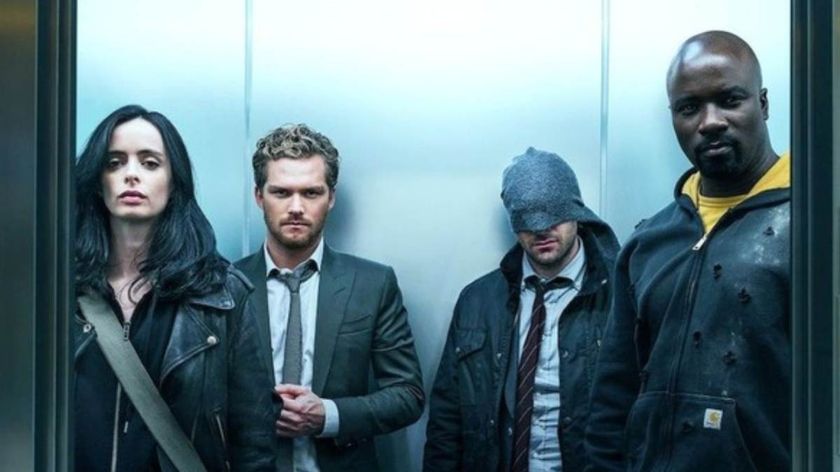
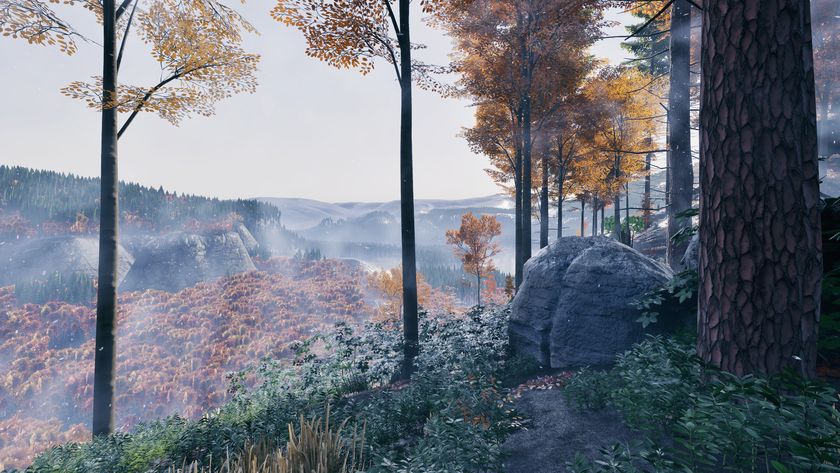

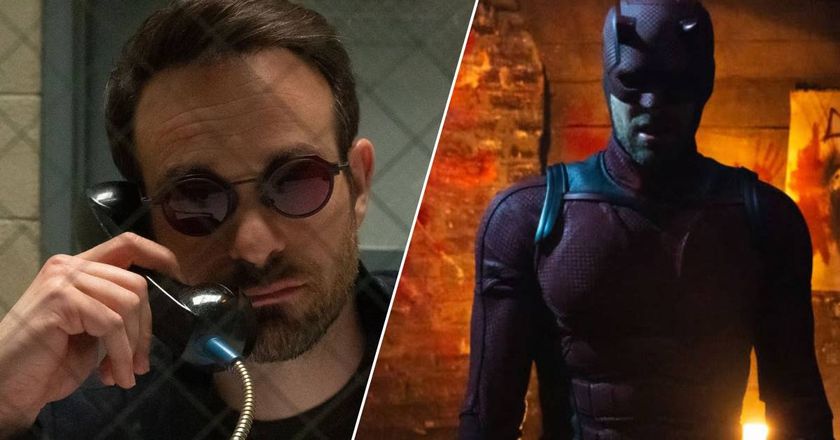
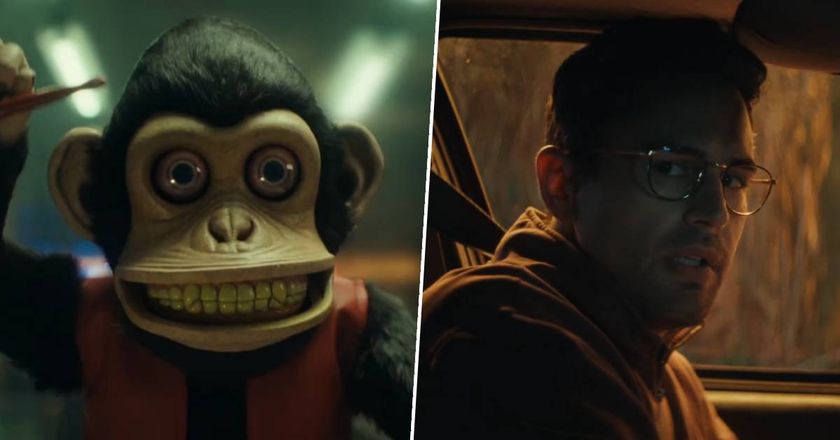
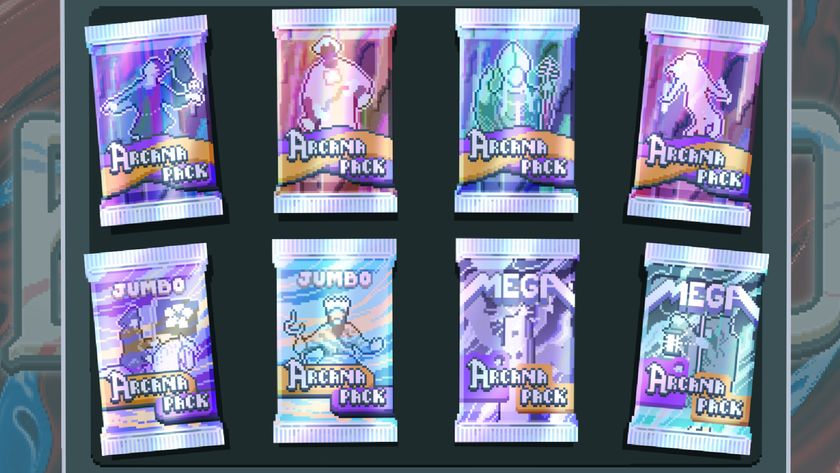

Marvel fans are discussing which of the Netflix series characters would have survived the Blip

PUBG creator's wilderness survival game actually draws inspiration from an unexpected place - a whole raft of zombie games like DayZ, Project Zomboid, and Left 4 Dead

The Witcher 3 devs created a Jekyll & Hyde-style character for their new vampire RPG "because nobody yet has done that"

